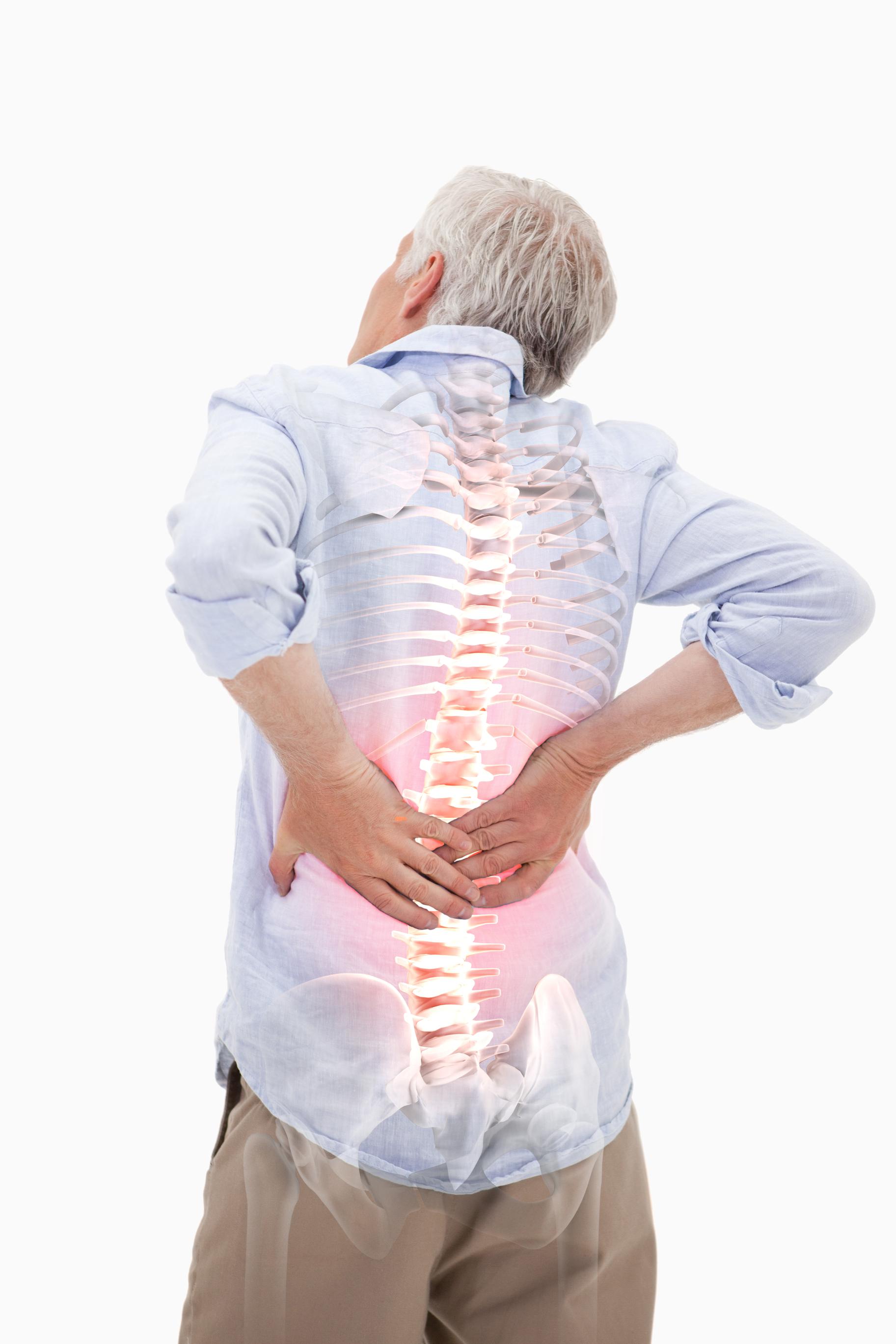You experience pain in the lower back, neck and shoulders, or feet and ankles. You limit your movements to avoid the pain. But there may be another answer. Your pain may stem from subtle compensation patterns that you can change.
Compensation occurs when one body part does not move well and another body part tries to help out. For example, the lumbar spine often compensates for lack of mobility at the hip joints. Compensation is common, but not helpful. In this example, it will generate lower back pain.
The joint-by-joint approach can help us identify and change these . . .






